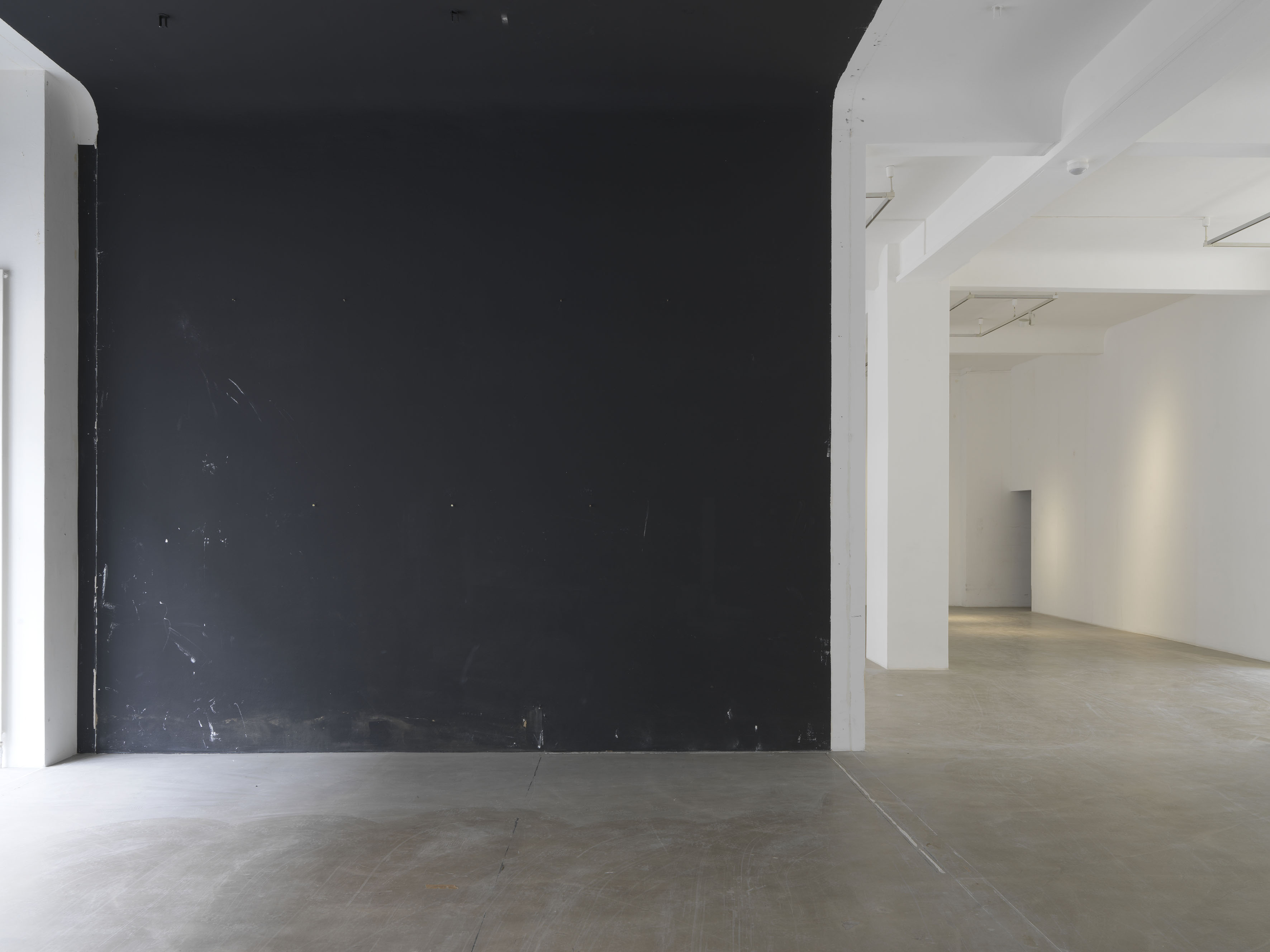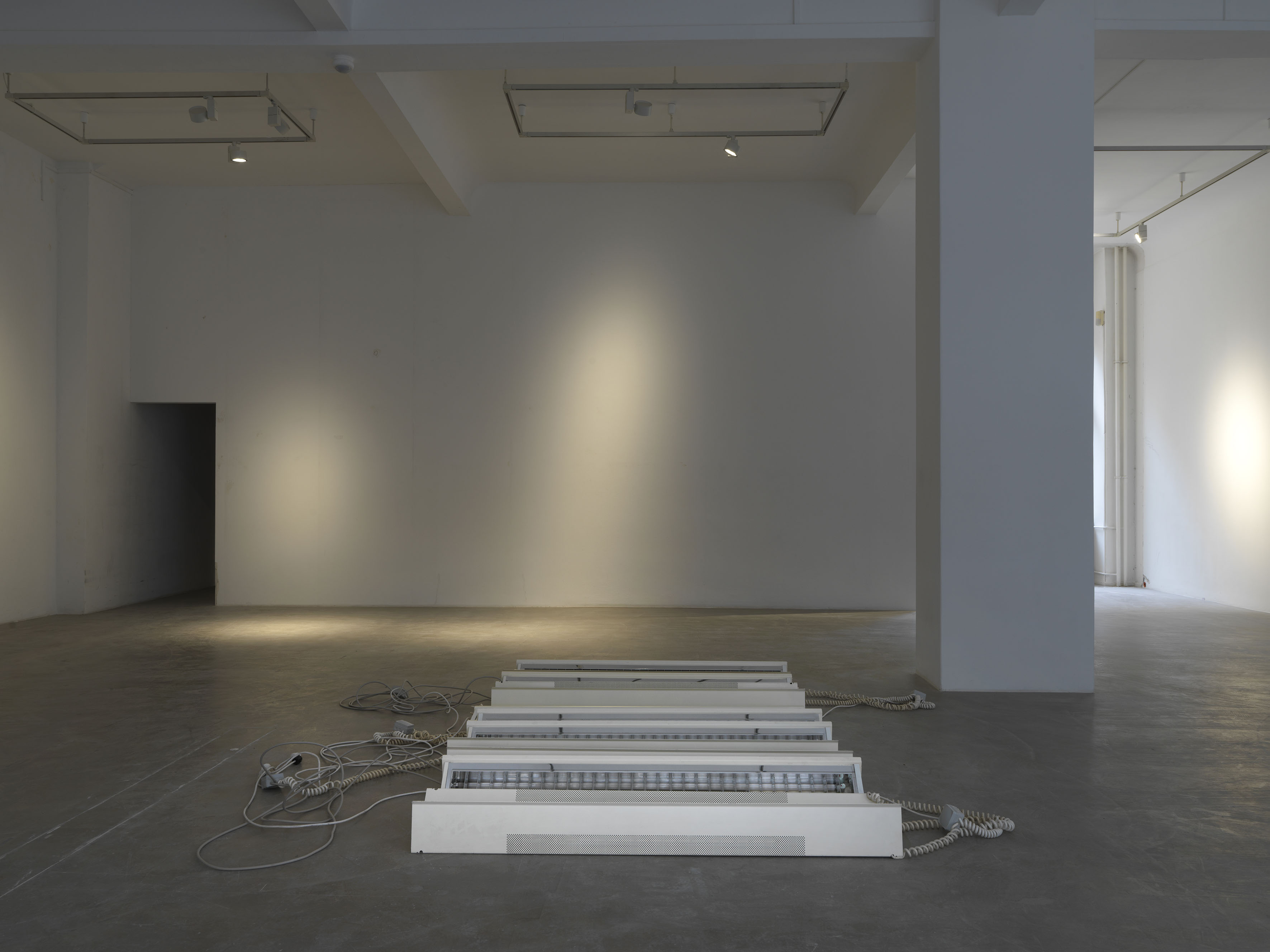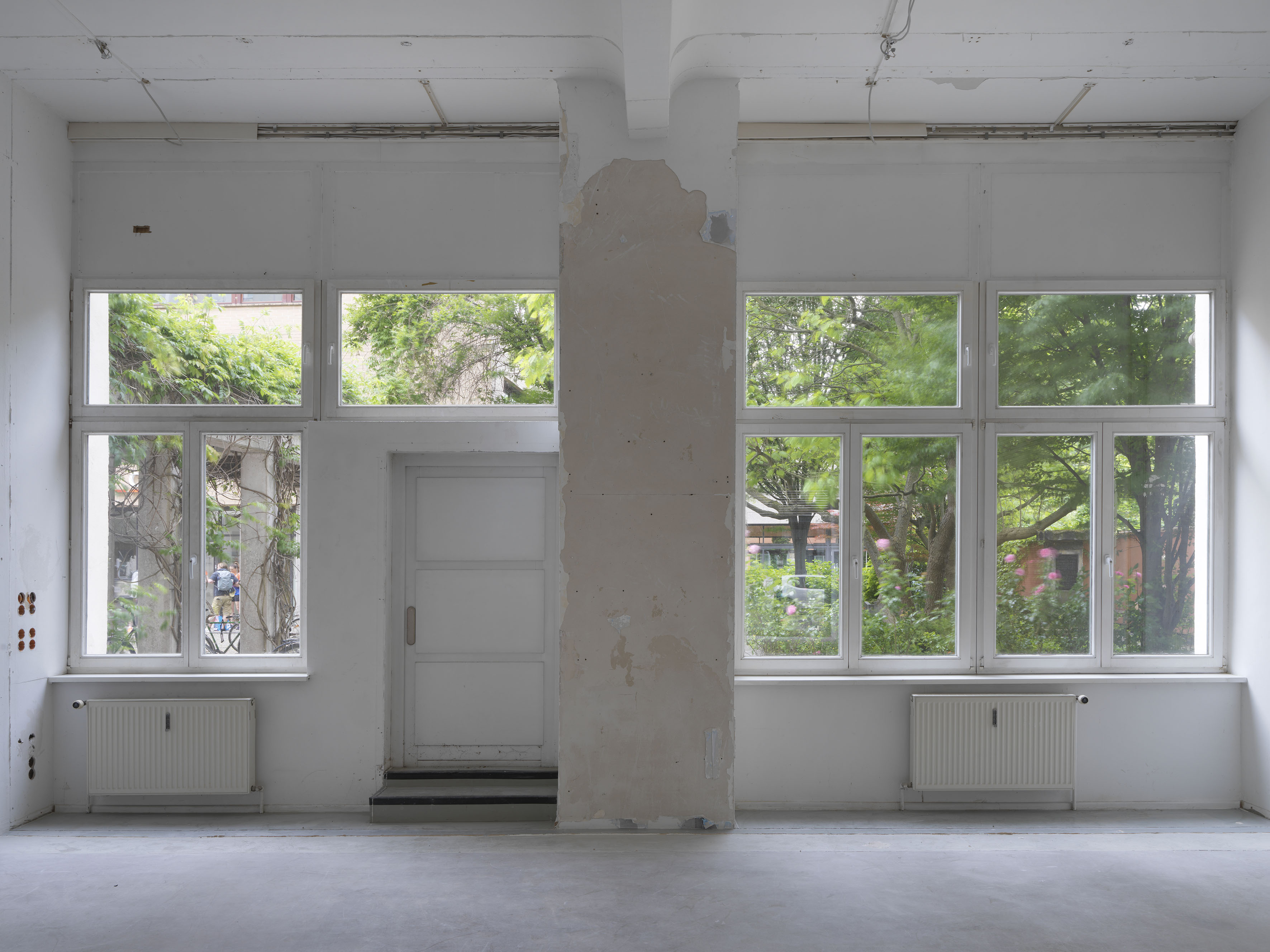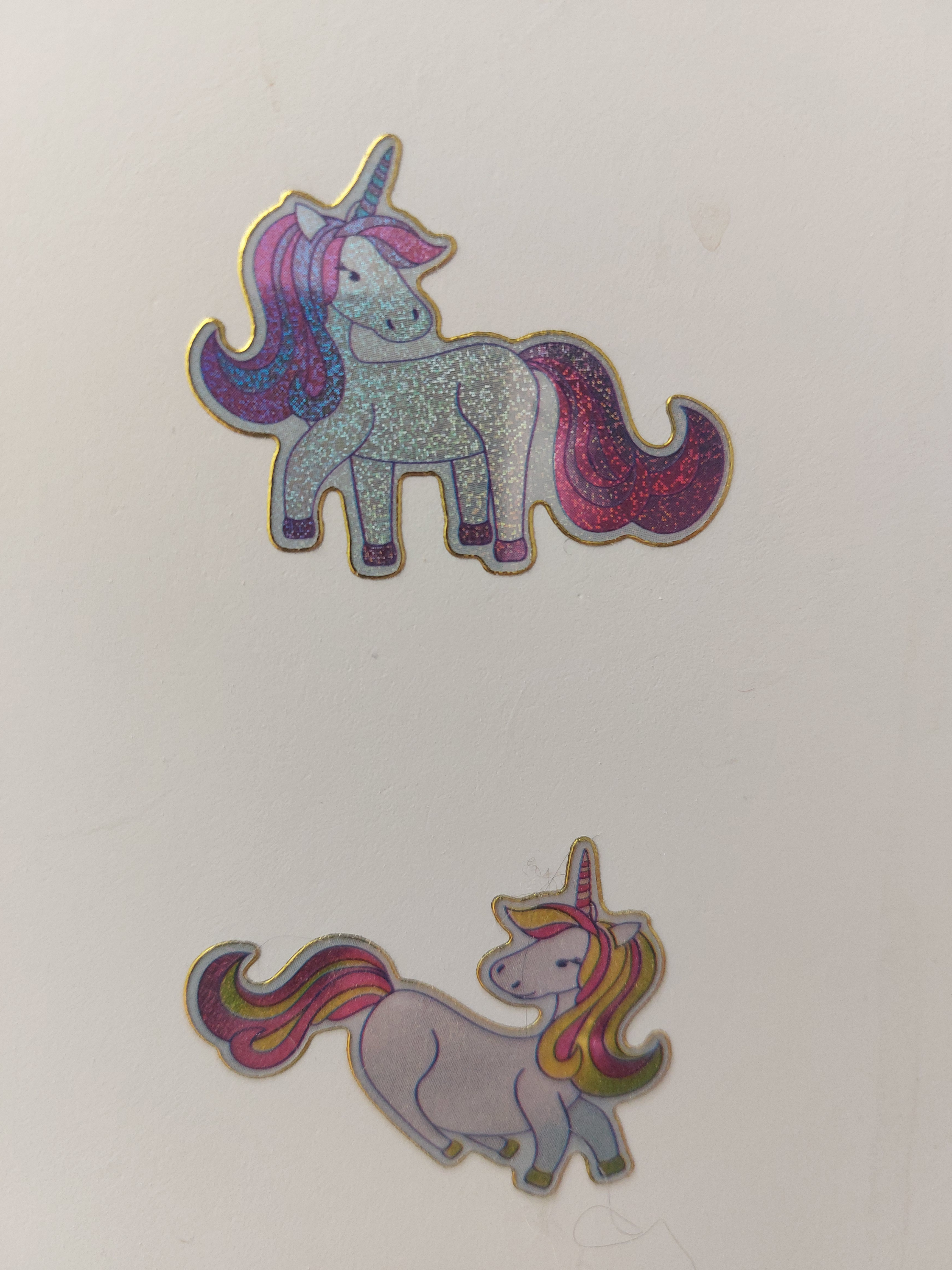Ghislaine Leung’s practice often appears toyish. Her 2018 artwork Public Sculpture has been manifest as both a well-arranged collection of ‘Laugh & Learn’ toys, mini vacuum cleaners, plasticky washing machines and little dolly houses, and also as a line-up of toothy bubble-blowers, the stuff of bath time fun. More than cute found objects, the changeable face of Public Sculpture alludes to what is at play in Leung’s work. Concerned with labour practices, specifically forms of labour associated with the production and presentation of art, Leung uses innocent gestures to make institutional systems stutter, allowing these to be rethought. The process is dialogical with participation being prompted through Leung’s use of scores as an artistic ‘engine’ (or medium, as I would call it). Leung describes her scores as short written descriptions which ‘outline the implementation and materials of a work, which an institution then interprets and executes in conversation with the artist’. Akin to musical compositions, the form provokes interpretive flexibility; a way of working counter to systematic routines.

Leung’s most recent exhibition ‘Reproductions’ (at Neuer Berliner Kunstverein (n.b.k.) until August 3 2025) foregoes toyish innocence, appearing as an almost barren room. Echoing John Cage’s score 4'33" (1952), what is on display here is not nothing but everything, the ‘everything that is already happening’ to quote Leung’s exhibition text. Alongside Cage, I could associate this bareness with conceptual practices (see Yves Klein’s 1958 exhibition ‘Le Vide’ at Galerie Iris Clert in Paris) or with branches of Institutional Critique (see Robert Barry's 1969 ‘During the exhibition the gallery will be closed’, presented simultaneously at Eugenia Butler Gallery in Los Angeles, Art & Project in Amsterdam, and Galleria Sperone in Turin). As with these lineages Leung's use of nothingness is affective, it forces n.b.k. to reckon with its relationship to the contemporary art world, the routines it follows and how this closed world-system devalues forms of being.

Two new scores, and one editioned piece, activate the everything of ‘Reproductions’. Materially, Budgets (2025), as the title suggests, is an Excel-like depiction of the exhibition’s budget printed large on one wall. Reading we see every expense: construction costs €10,000.00; press promotion €4,455.51; artist's fee €2,500.00; documentation €1,800.00, etc. This gesture isn’t radical, other artists have done similar things (see Wisrah C. V. da R. Celestino’s contribution to ‘WETPAIN’, 2025, at Turf Projects, London), but in the context of Germany’s recent cuts to arts and culture this act of exposure feels extra risky. "Was!" (“What!”): you can almost hear the shock of viewers (myself included) as they read this line-by-line breakdown, seeing that the construction of this nothingness equates to almost 20% of n.b.k.’s total spend. Budgets makes me feel like a double voyeur, not only am I witnessing n.b.k. in a state of clerical nakedness but I am left confronted with my own expectations: why would I assume that this exhibition would be cheap? In an age and in a landscape where material is valued over means, where forms of labour are undervalued or expected to be performed for free, Budgets exposes how the affective work that underpins exhibition making (all of the collaborative thinking and conversations accentuated by Leung’s scores) is overlooked or disregarded by the arbiters of institutional authority.

As with any social system, the art world is ruled by arbitrary expectations, artists are expected to perform in certain ways, institutions too. These standards set the baseline for participation. Leung’s second score, Maintenance (2025), deconstructs standard exhibition-making processes; what we witness is the negation of the normative ‘install → de-install → install’ production cycle, with the gallery being left as-was following the de-install of the previous show, chipped paint, smudgy stains, and random spotlights abound as ruined traces of artistic labour. More than a disregard for protocol, or a graveyard for what has been, Maintenance asks the institution to jettison its pursuit of white cube aesthetics; the cosmetic walls that have come to divide the exhibition space into neat chambers have been removed, revealing a set of windows and radiators usually sequestered from view. If the logic of the white cube aims to create a sanctified space, one free from the realities of the outside world (as is suggested in Brian O'Doherty’s canonical ‘Inside the White Cube’ (1986)), Maintenance asks n.b.k. to refuse these standards, allowing the outside world to illuminate this latent realm. In this way, the score is a gesture of revision; an editorial process, from which new baselines can be established or thought at least.

In forgoing her routine use of toyish objects, here Leung practices with a collegiate accountability. That is, much like the dialogical nature of her scores, she doesn't not assume a position outside of the structure she is critical of, telling the institution “your logic is bad”; rather she situates herself beside n.b.k., working with the institution to collectively resist the art world’s systems of value and the effect of its all enveloping expectations. To end on a counterintuitive note: I enjoy the contrived nature of ‘Reproductions’, how neglect is used generously to make systems stutter.
—
Ghislaine Leung (*1980 in Stockholm, lives in London) has presented her work in numerous solo exhibitions, including: Kunsthalle Basel; The Renaissance Society, Chicago (both 2024); Simian, Copenhagen (2023); Ordet, Milan; Museum Abteiberg, Mönchengladbach (both 2021); Netwerk, Aalst / Belgium; Künstlerhaus Stuttgart (both 2019); WIELS, Brussels (2016). In 2018, she published her book Partners (Cell Project Space), followed by Bosses (Divided) in 2023. In 2023 she was nominated for the Turner Prize.
Toby Üpson is a writer based in Glasgow. His first collection of poems will be published by La chaise jaune in spring 2025. He is the writing mentor for What Could Should Curating Do's education programme as well as an Ambassador for Amsterdam Art.




